When we sat down for Next’s Terroir dinner, I was fully expecting to start off with a glass of something sparkling. That’s the unspoken rule, as demonstrated by the Champagne carts that trundle up to you in the fanciest restaurants.
So I was surprised when the first glass poured was a red Burgundy to accompany various small bites.
Early on, the Next team explains that this menu was created wine first, with food pairings added after – the reverse of how restaurants normally create pairings. Starting with a red wine (while the Champagne waits until the 5th course) makes this point handily.
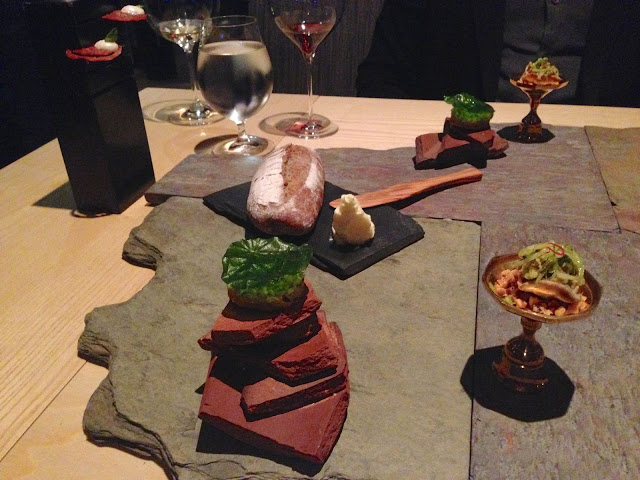
Wine tally:
- 14 different bottles
- 7 countries (France, US, Germany, Spain, Portugal, Italy, Australia)
- 1977 at the oldest, 2014 at the youngest
Various bites: crostini with nasturtium and parmesan, prosciutto with honey and lemon, char roe with rye and crème fraîche, brussels spouts with beer and flax seed, caramelized onion with chicken skin and heart, bread and butter.
As I mentioned above – I would never have guessed that our dinner would kick off with Burgundy. But being able to compare red and white, along with many interesting bites to pull out the various flavors, worked well.
A trio of Chenin Blanc:
Domaine Vigneau-Chevreau Vouvray Demi-Sec, Loire 2013
Mount Abora Koggelbox Chenin Blanc, Swartland, South Africa 2013
Lieu Dit Chenin Blanc, Santa Ynez, California 2013
Sturgeon with scallions and peanut
Similar to the red and white Burgundy match up, the next wines were a trio of Chenin Blanc – designed to show how the same grape can taste incredibly different depending on where it is grown (Terroir, after all!).
The French Vouvray was delicately sweet, while the South African wine was brash and fruity. The Californian version was unfiltered, adding another dimension of difference. I preferred the French and Californian wines.
And the deliciously rich fish is worth a note as well – well-conceived to match the wines.
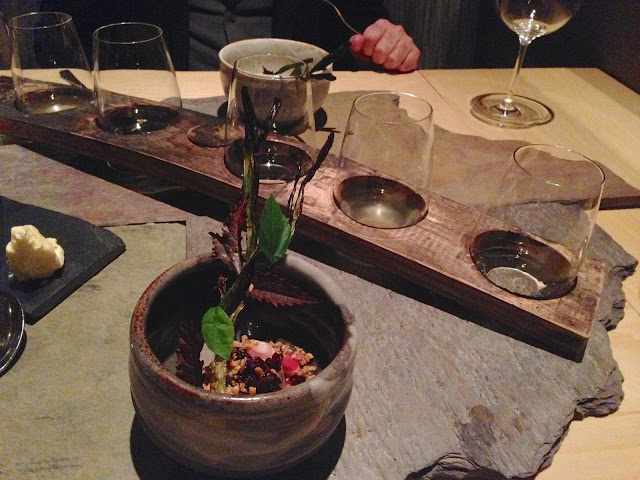
Consommé of barley with arugula and montasio cheese
See that black earthenware bowl on the right side? There’s red wine in there. It looks more like a Japanese presentation, doesn’t it? A very earthy combination with the flavorful soup – the consommé was almost too salty, but in the end I think balanced well against the barley.
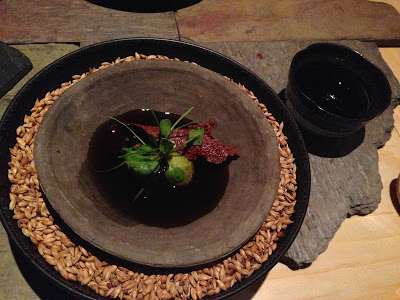
Balthasar Ress Riesling Spätlese, Reingau 1997
Squab with beets and fennel
Pear with blue cheese and fresh moss
Always a treat to have an older white wine – in this case, a Riesling – as they take on a deeper golden color and richer flavor.
But the real star of this course was the squab. So often I find it a bit tough and gamy, but this rendition was buttery soft and mildly flavored so that the flavor of the beets came through.
We finished up the first half of the menu with encapsulated white chocolate spheres containing pear juice, topped with a bit of blue cheese and walnut.
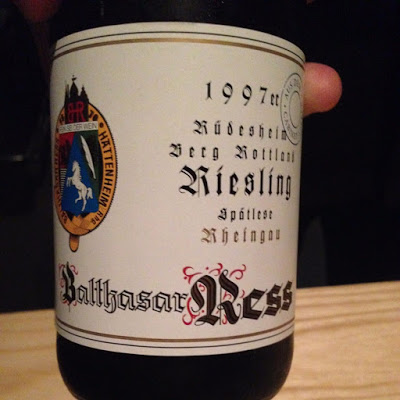
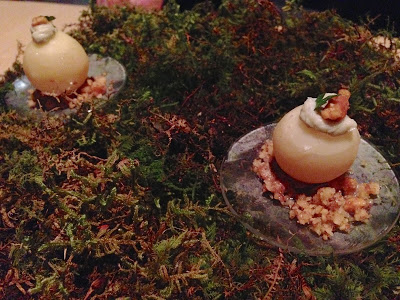
Krug Grande Cuvée, Champagne MV
Potato chips, caviar, popcorn
At last, Champagne! And a white tablecloth rolled out to mark the beginning of a second pass through wines, in a more traditional sequence.
We started with a very luxe take on “chips and dip” – tiny potato and apple chips in a delicious crème fraîche dip. The top of the dish lifts up to reveal another bite beneath, caviar on a craggy little savory cake, with bits of popcorn.
That part of the dish also lifts up to reveal a sort of popcorn soup, which had congealed a bit from being heated in the bottom of the tri-part dish for so long. The buttery richness was a nice match for the Champagne.
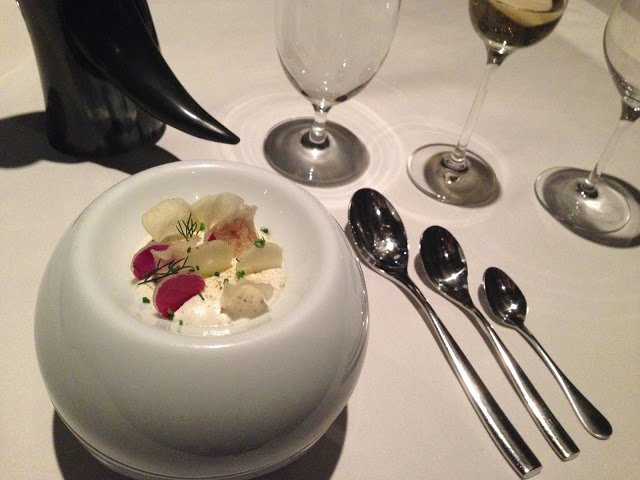
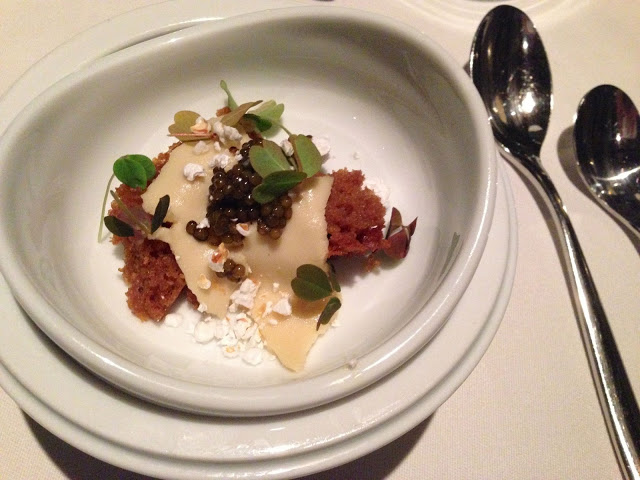
Dönnhoff Riesling, Nahe, Germany 2014
Lion’s mane, bison, truffled “soil”
This was a trocken Riesling, which I learned is not to be confused with Trockenbeerenauslese. Trocken means dry in German, meaning this was a dry white wine, whereas Trockenbeerenauslese is a dessert wine named for its “dry berry” flavor.
Bodegas Viñátigo Gual, Yeoden Daute Isadora, Canary Islands, Spain 2013
Hiramasa, ginger, fermented gooseberry
This was one of my favorite wines of the night, just because it’s so unusual. Whoever drinks wine from Tenerife, better known as a popular holiday destination for Brits and Germans?
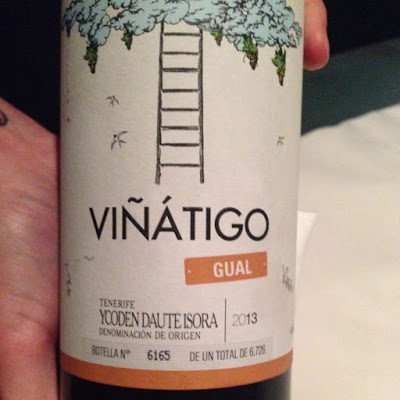
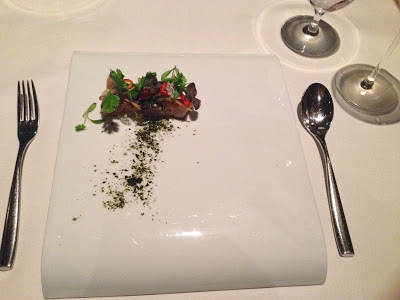
Kathryn Kennedy “Small Lot” Cabernet Sauvignon, Santa Cruz Mountains, California 2012
Snail, artichoke, eucalyptus aroma
Moving on to reds, we were presented with a beautiful plate that definitely brought California to mind: artichoke leaves scattered about with snail shells and eucalyptus branches. In the middle, an artichoke custard with snail caviar. I do love artichokes!
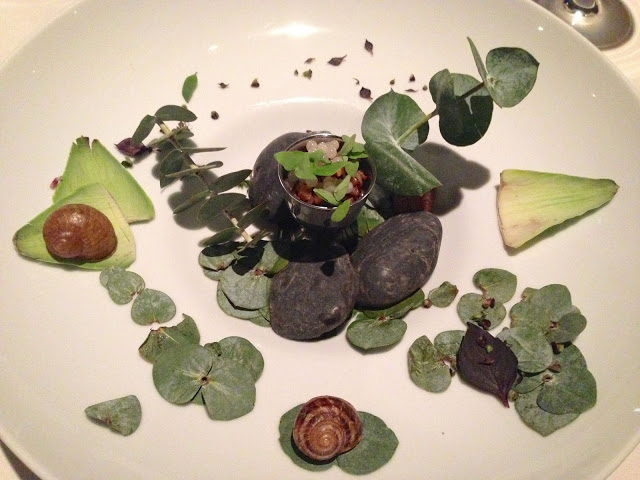
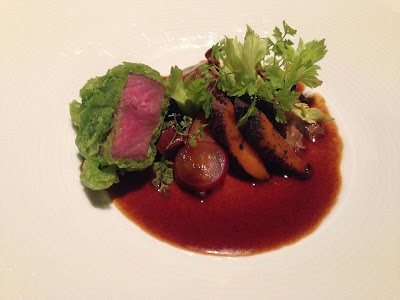
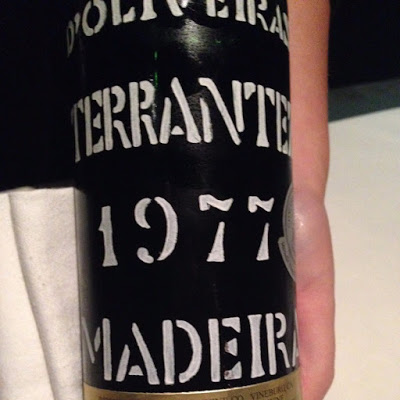
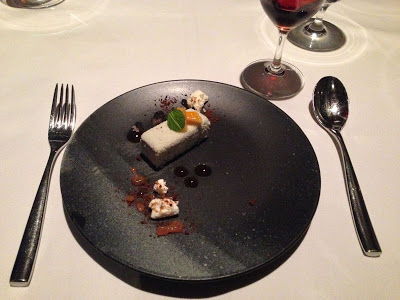
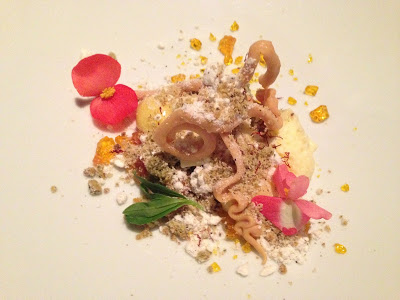
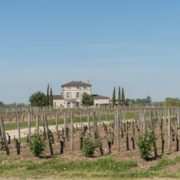 Touring the Right Bank, Bordeaux
Touring the Right Bank, Bordeaux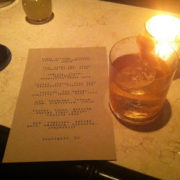 The Office, at the Aviary
The Office, at the Aviary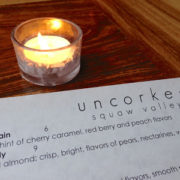 Uncorked, Squaw Valley CA
Uncorked, Squaw Valley CA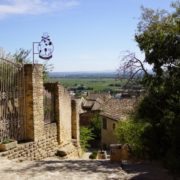 Lunch (and wine, of course!) in Châteauneuf-du-Pape
Lunch (and wine, of course!) in Châteauneuf-du-Pape